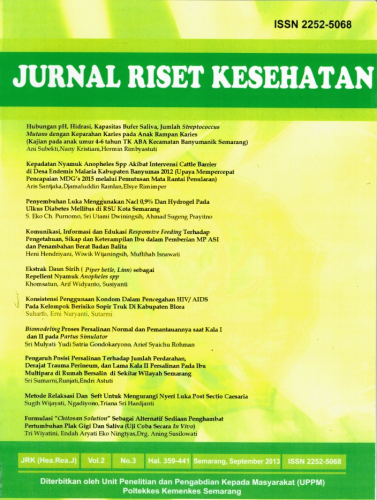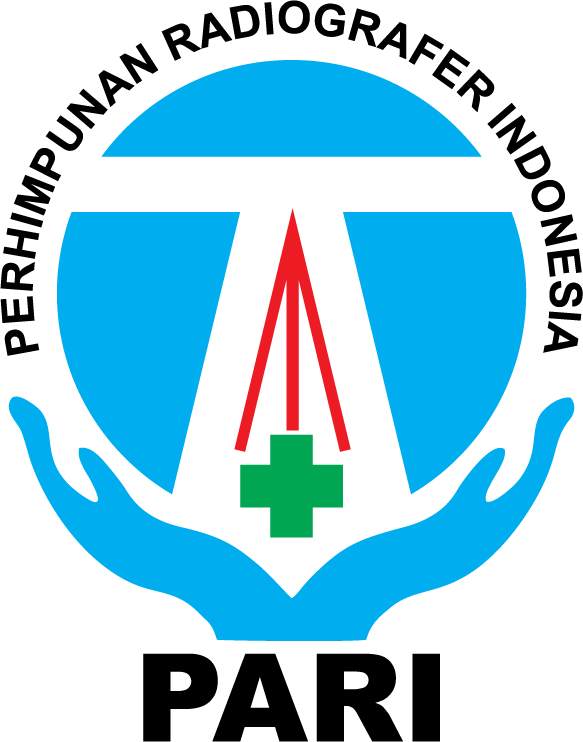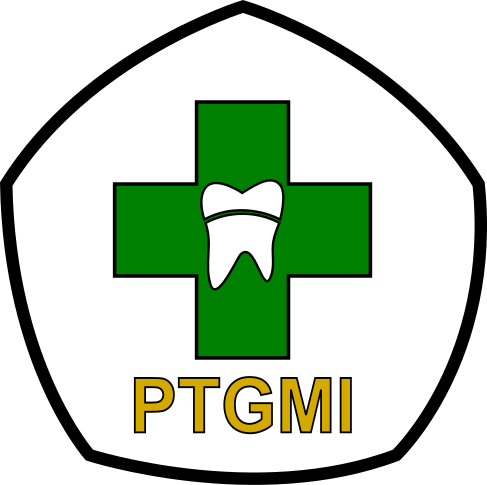Research Trend On Healthcare (Hospital Financial) Failure And Activity-Based Costing Methods: A Bibliometric Analysis
Abstract
Hospital financial failure means bankrupt in economic point-of-view. While from the patient care perspective, it can compromise healthcare delivery and deliver possible harm due to substandard services. Leveraging digitalization and information technology can significantly enhance financial management, improve efficiency, and ultimately support sustainable healthcare services. This bibliometric analysis through Scopus database. Retrieved articles were examined based on annual publication numbers, contributing countries, subject areas, authors, and cited documents. Visual analysis was done using VOSviewer to provided insights into word co-occurrence in clusters and R Studio's Bibliometrix package was employed to identify the most contributing countries and the most cited publications. The analysis on total 429 articles revealed that healthcare and activity-based costing is an emerging trend, with a growing number of publications each year. The United States emerged as the leading country in this research area, though other nations also contributed significantly. Medicine was identified as the most common subject area. VOSviewer analysis identified seven clusters related to the topic. Activity-based costing has evolved to accurately assess product costs in changing business landscapes, particularly in healthcare, where it helps optimize profits. The findings indicate a growing awareness of the importance of financial management in sustaining healthcare services globally. However, the study's reliance on a single database and lack of a comprehensive systematic review limit its scope, potentially excluding relevant research from other sources.
Keywords
Full Text:
PDFReferences
Akinleye, D. D., McNutt, L.-A., Lazariu, V., & McLaughlin, C. C. (2019). Correlation between hospital finances and quality and safety of patient care. PloS One, 14(8), e0219124. https://doi.org/10.1371/journal.pone.0219124
Aria, M., & Cuccurullo, C. (2017). bibliometrix : An R-tool for comprehensive science mapping analysis. Journal of Informetrics, 11(4), 959–975. https://doi.org/10.1016/j.joi.2017.08.007
Arskey, H., & O’Malley, L. (2005). Scoping studies: towards a methodological framework. International Journal of Social Research Methodology: Theory and Practice, 8(1), 19–32.
Beauvais, B., Ramamonjiarivelo, Z., Betancourt, J., Cruz, J., & Fulton, L. (2023). The Predictive Factors of Hospital Bankruptcy-An Exploratory Study. Healthcare (Basel, Switzerland), 11(2). https://doi.org/10.3390/healthcare11020165
Dubas-Jakóbczyk, K., Kocot, E., Tambor, M., Szetela, P., Kostrzewska, O., Siegrist, R. B., & Quentin, W. (2022). The Association Between Hospital Financial Performance and the Quality of Care - A Scoping Literature Review. International Journal of Health Policy and Management, 11(12), 2816–2828. https://doi.org/10.34172/ijhpm.2022.6957
Enumah, S. J., & Chang, D. C. (2021). Predictors of Financial Distress Among Private U.S. Hospitals. Journal of Surgical Research, 267, 251–259. https://doi.org/10.1016/j.jss.2021.05.025
Jalalabadi, F., Milewicz, A., Shah, S., Hollier, L., & Reece, E. (2018). Activity-Based Costing. Seminars in Plastic Surgery, 32(04), 182–186. https://doi.org/10.1055/s-0038-1672208
Landry, A. Y., & Landry, R. J. (2009). Factors associated with hospital bankruptcies: a political and economic framework. Journal of Healthcare Management / American College of Healthcare Executives, 54(4), 252–271; discussion 271-2.
Luo, X., Wu, Y., Niu, L., & Huang, L. (2022). Bibliometric Analysis of Health Technology Research: 1990~2020. International Journal of Environmental Research and Public Health, 19(15). https://doi.org/10.3390/ijerph19159044
Manoj Kumar L, George, R. J., & P S, A. (2023). Bibliometric Analysis for Medical Research. Indian Journal of Psychological Medicine, 45(3), 277–282. https://doi.org/10.1177/02537176221103617
Niñerola, A., Hernández‐Lara, A., & Sánchez‐Rebull, M. (2021). Improving healthcare performance through Activity‐Based Costing and Time‐Driven Activity‐Based Costing. The International Journal of Health Planning and Management, 36(6), 2079–2093. https://doi.org/10.1002/hpm.3304
Ozler, G., Isikcelik, F., Durur, F., & Gunaltay, M. (2022). Financial failure analysis in private hospitals. Ankara University.
Rajabi, A., & Dabiri, A. (2012). Applying Activity Based Costing (ABC) Method to Calculate Cost Price in Hospital and Remedy Services. Iranian Journal of Public Health, 41(4), 100–107.
Shander, A., Hofmann, A., Ozawa, S., Theusinger, O. M., Gombotz, H., & Spahn, D. R. (2010). Activity‐based costs of blood transfusions in surgical patients at four hospitals. Transfusion, 50(4), 753–765. https://doi.org/10.1111/j.1537-2995.2009.02518.x
Stoyancheva, D., & Angelova, R. (2021). Digitalization and financial performance of enterprises from the livestock sector. SHS Web of Conferences, 120, 03003. https://doi.org/10.1051/shsconf/202112003003
van Eck, N. J., & Waltman, L. (2017). Citation-based clustering of publications using CitNetExplorer and VOSviewer. Scientometrics, 111(2), 1053–1070. https://doi.org/10.1007/s11192-017-2300-7
DOI: https://doi.org/10.31983/jrk.v13i2.12206
Article Metrics
Refbacks
- There are currently no refbacks.
Copyright (c) 2024 Jurnal Riset Kesehatan




















































